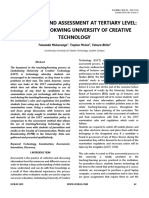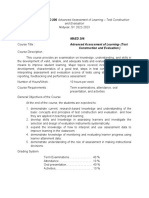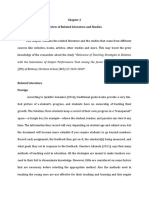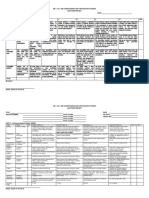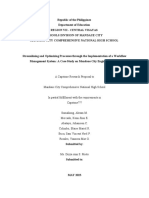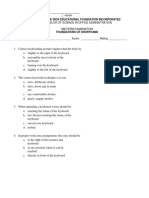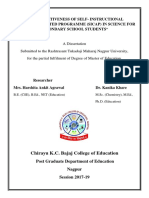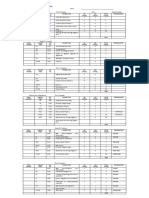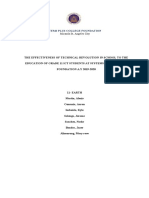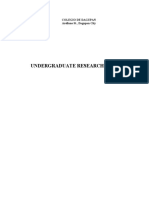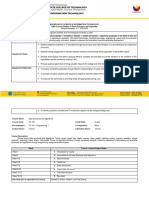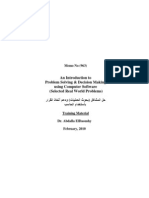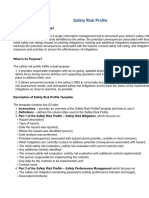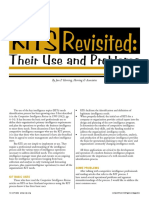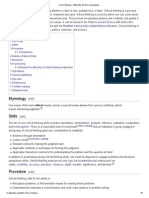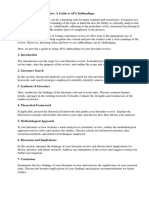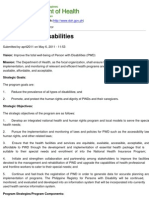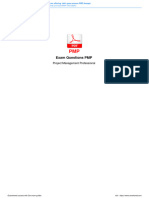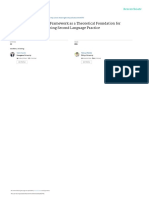0% found this document useful (0 votes)
364 views15 pagesNemesio I. Yabut Senior High School: The Problem and It's Setting
The document discusses computer-based assessments and their efficiency among senior high school students. It begins by introducing the benefits of technology in education but also acknowledges challenges in effective implementation. The problem addressed is measuring the efficiency of computer-based assessments, specifically on students' cognitive skills and ability to be graded fairly. Key areas assessed are discovering/documenting information, planning/enhancing instruction, and evaluating student progress. The study aims to examine student perceptions of computer-based assessment efficiency based on demographics and determine if differences exist between groups. Findings could help teachers effectively utilize technology in measuring student assessments.
Uploaded by
BLESS THENIE SHECK ADARNACopyright
© © All Rights Reserved
We take content rights seriously. If you suspect this is your content, claim it here.
Available Formats
Download as DOCX, PDF, TXT or read online on Scribd
0% found this document useful (0 votes)
364 views15 pagesNemesio I. Yabut Senior High School: The Problem and It's Setting
The document discusses computer-based assessments and their efficiency among senior high school students. It begins by introducing the benefits of technology in education but also acknowledges challenges in effective implementation. The problem addressed is measuring the efficiency of computer-based assessments, specifically on students' cognitive skills and ability to be graded fairly. Key areas assessed are discovering/documenting information, planning/enhancing instruction, and evaluating student progress. The study aims to examine student perceptions of computer-based assessment efficiency based on demographics and determine if differences exist between groups. Findings could help teachers effectively utilize technology in measuring student assessments.
Uploaded by
BLESS THENIE SHECK ADARNACopyright
© © All Rights Reserved
We take content rights seriously. If you suspect this is your content, claim it here.
Available Formats
Download as DOCX, PDF, TXT or read online on Scribd
/ 15

